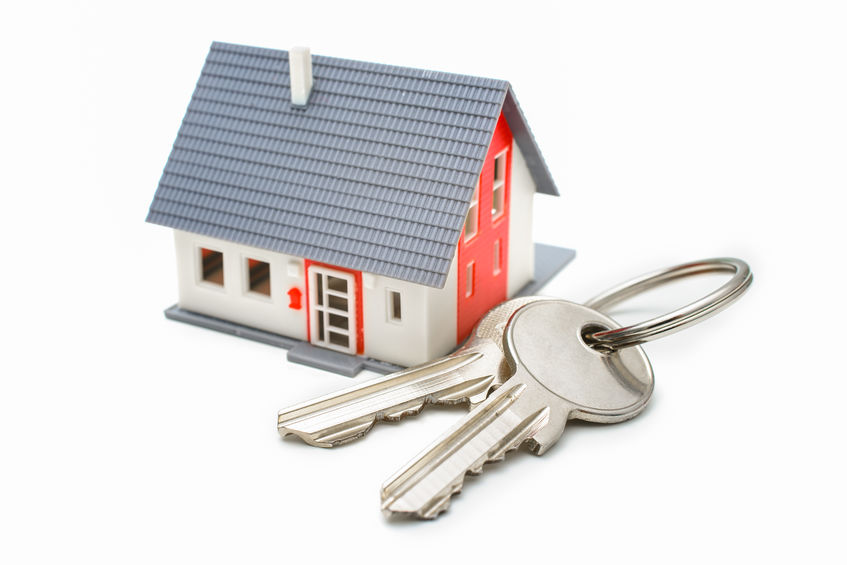By Amy Miller, AFC®

This year marks the 20th anniversary of June being recognized as National Homeownership Month.
The idea of celebrating homeownership and how it benefits families and communities was first introduced by a group of realtors in 1920 as a week-long event promoting home buying to increase sales. Later in 1956, The National Association of Realtors officially honored the week and started promoting home ownership as the foundation of the American Dream. President Clinton furthered the campaign in 1995 by recognizing it nationally in an effort to increase home ownership. President George W. Bush then expanded it to the entire month of June in 2002.
Although we don’t really celebrate with many events during the month, June is considered to be the “busiest” month for home sales – making it the perfect time to highlight the many ways homeownership impacts the lives of American families and their financial health.
A little history……
Official home ownership dates back to the signing of the Homestead Act in 1862 by President Lincoln, granting American households the ability to claim, build on, and farm 160 acres. Originally, only farmers were likely to own land and a house. Homeownership was the exception rather than the rule for most Americans until the Industrial Revolution when it became more common in urban areas.
The idea or concept of mortgages later became prevalent after the passing of the National Banks Acts of the 1860s but didn’t really take on a consumer focus until after the Great Depression. The passing of President Franklin D. Roosevelt’s New Deal created the Federal Housing Administration, which led to the standard idea of a 30-year mortgage, making homeownership a reality for many middle-class Americans that would not be able own a home otherwise.
Homeownership In America
Until the early 1950s only around half of Americans owned their homes. That number has stayed steady in the 60% range since and today is around 65%, according to the US Census Bureau. West Virginia leads the country with 79% of its residents being homeowners. New York comes in last at 54%. Americans aged 65 & over are the largest group of homeowners as of 2021.
First-time buyers currently makeup around 33% of purchases and coincidentally were approximately 33 years old. Veterans 14% and 3% are active-duty service members.
Modern Day Mortgage
In the late 1800s, mortgages were very different and were typically renegotiated yearly with a balloon payment due at the end of a short term. As we mentioned earlier, the 30-year mortgage became common after the depression and is considered the standard way to purchase a home. Without it, very few middle-class Americans would be able to make what is one of the largest investments for many in their lifetime.
Financial Health & Wealth
Not only is homeownership a main pillar in building a strong financial future but also a pathway to financial freedom and generational wealth. The net worth of a typical homeowner is nearly 40 times the net worth of a non-owner.
As your home’s value grows, and your mortgage balance decreases, you start to build equity. That equity gives you future buying power and wealth creation opportunities. Equity in a home and how it’s used plays a key factor in many Americans’ financial success and overall well-being.
Becoming a Homeowner
Becoming a homeowner is an essential step to building a healthy financial future and since nearly 1/3 of current buyers are first-timers, I thought we would discuss the process this month and what things need to be considered before taking that step. I’ve outlined them below – we’ll look at each of the following in more depth over the next couple of weeks.
- Credit Awareness & Preparedness
- Create a budget
- Mortgages, down payments, and closing cost
- Finding a lender & realtor
- Searching for your home – finding the right neighborhood and schools
Have a great week! We’ll be talking about credit next week – have you pulled your report and reviewed it lately? 😊